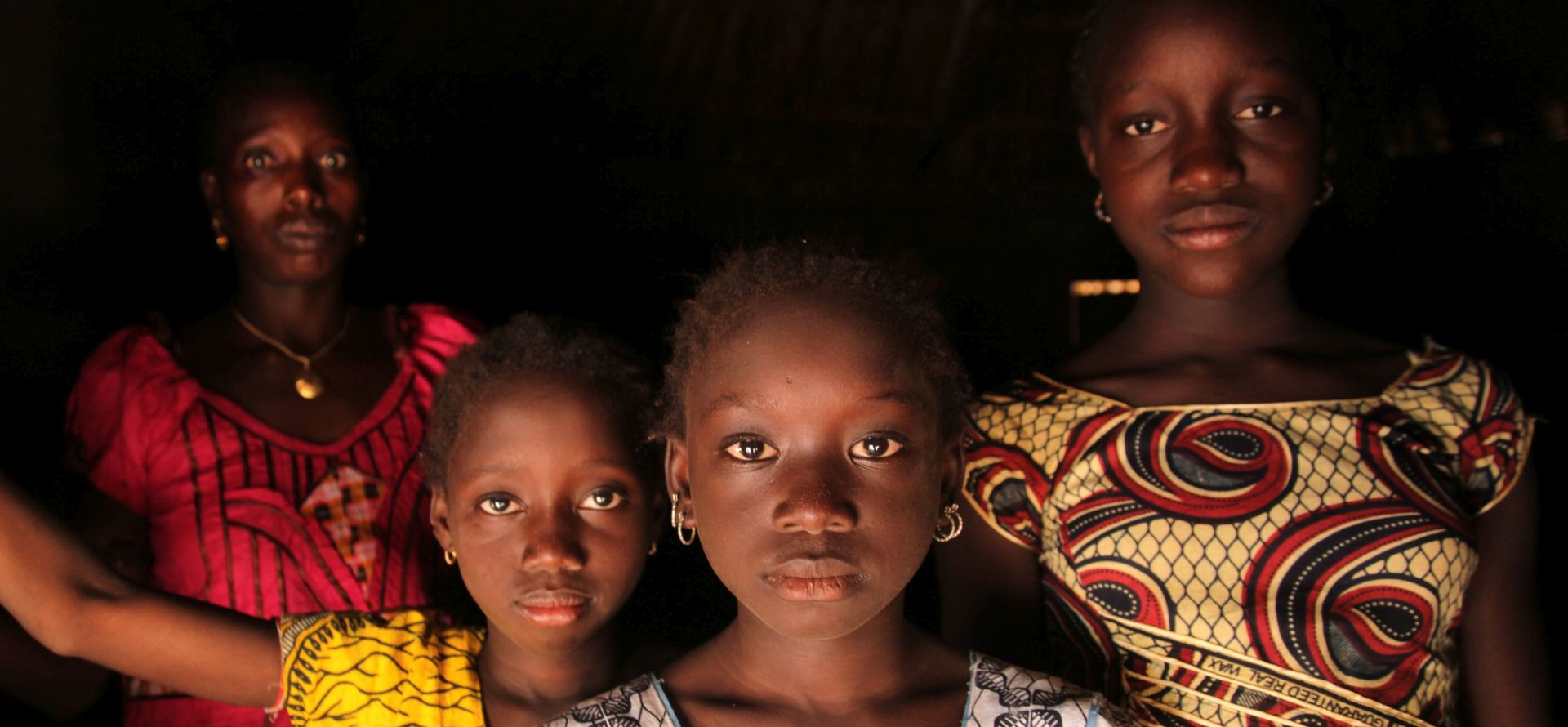Gotovo 385 milijuna djece širom svijeta živi u ekstremnom siromaštvu, obavili su u utorak UNICEF i Svjetska banka.
Djeca u Africi južno od Sahare i ona u južnoj Aziji, posebno u Indiji, najpogođenija su siromaštvom, kaže se u izvješću te dvije organizacije.
Godine 2013. oko 19,5 posto djece u zemljama u razvoju živjelo je u kućanstvima s prihodima od 1,90 dolara dnevno po osobi, kaže izvješće. Odrasli su u zemljama u razvoju upola manje pogođeni siromaštvom.
“Djeca ne samo da imaju veće izglede živjeti u ekstremnom siromaštvu (od odraslih) već su i učinci ekstremnog siromaštva najpogubniji upravo za djecu”, rekao je izvršni direktor UNICEF-a Anthony Lake u priopćenju. “Najgore su pogođena najmlađa djeca jer siromaštvo utječe na razvoj njihovih tijela i umova”.
Lake kaže da je šokantno da polovica djece u subsaharskoj Africi i jedno od pet u zemljama u razvoju odrasta u ekstremnom siromaštvu.
“To ne samo da ograničava njihovu budućnost, to vuče nadolje i njihova društva”.
Za ovo izvješće, UNICEF je koristio podatke iz 89 zemalja.
UN je postavio cilj da će do 2030. iskorijeniti ekstremno siromaštvo u svijetu.































Komentari